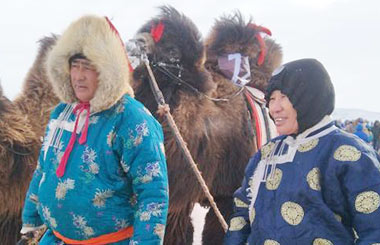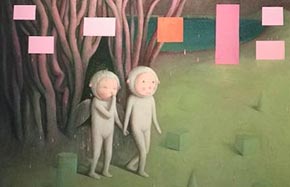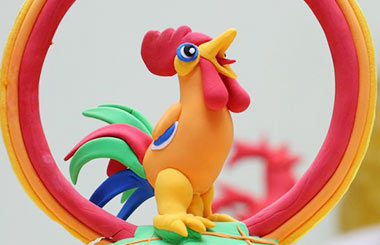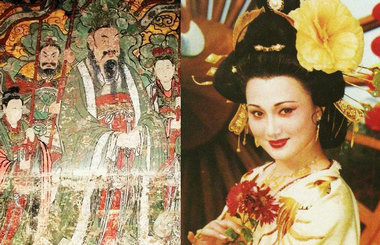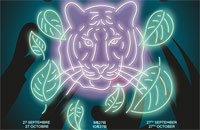'Living fossils'-- evolution of Chinese script on show in Peru
The evolution of China's unique and complex writing system went on show this week at Peru's National Library here, attracting locals' attention and interest.
The traveling exhibition, which has visited more than 15 countries so far, traces the origins of China's extensive "alphabet," which includes thousands of characters, dating back to its earliest manifestations as Bronze Age inscriptions that were carved on bones or turtle shells.
More than 50 descriptive panels also feature China's varied writing styles, including artistic calligraphy on silk, paper and woven bamboo.
"In recent years, as friendly ties between China and Peru have grown, so has the desire in Peru to learn the Chinese language," Zhu Xiaoyan, a cultural attache in the Chinese embassy to Peru, said at the opening on Monday.
Also on hand was famed Chinese calligrapher Feng Kejian, who is also the permanent deputy director of the National Museum of Chinese Writing in Anyang, one of the eight ancient capitals of China and where historic oracle bones were discovered.
"Writing is humanity's greatest invention and Chinese characters are living fossils of human civilization, a common heritage of humanity," said Feng.
- Exhibition of Tibetan Thangka painting held in Beijing
- Exhibition on farmer paintings of Dong ethnic group held in S China
- Beijing exhibition celebrates jewelry as contemporary art
- Exhibition: Fu Hao jewels go on show in Guangzhou
- China(Dongying) International Petroleum and Petrochemical Equipment & Technology Exhibition





